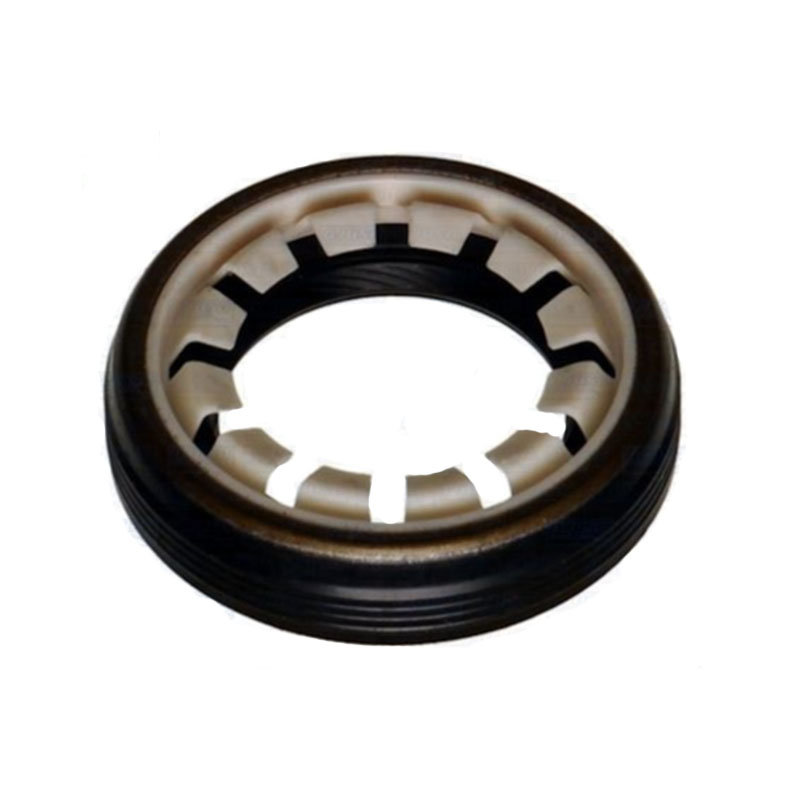Exploring the Importance of Power Steering Pump Seals for Optimal Vehicle Performance and Longevity
Power Steering Pump Seals Importance and Maintenance
Power steering systems are essential components of modern vehicles, enhancing the driver's ability to steer the car with minimal effort. Among the various components that contribute to the efficiency and functionality of these systems, the power steering pump and its seals play a critical role. Understanding the importance of power steering pump seals, their types, and maintenance can help ensure a reliable steering experience.
The Role of Power Steering Pump Seals
Power steering pump seals serve multiple essential functions in the overall operation of the power steering system. Primarily, they prevent hydraulic fluid from leaking out of the pump, thereby maintaining the necessary pressure and ensuring that the steering mechanism operates smoothly. These seals are made from durable materials resistant to high pressure, temperature variations, and the properties of hydraulic fluid.
A power steering pump typically utilizes two main types of seals static seals and dynamic seals. Static seals are designed to seal the stationary components, preventing fluid from leaking out of the pump casing. Dynamic seals, on the other hand, are found where moving parts come into contact, such as where the shaft exits the pump. They are crafted to withstand constant motion and ensure a tight seal against the fluid.
Common Problems Caused by Worn Seals
Over time, power steering pump seals can wear out due to various factors, including exposure to heat, chemicals, and mechanical wear from continuous use. When seals begin to fail, it often leads to leaks, resulting in a drop in hydraulic fluid levels. Low fluid levels can cause the power steering pump to work harder, leading to increased wear and potential pump failure.
Drivers may notice several symptoms of failing seals, such as a whiny or grinding noise coming from the power steering pump, difficulty in steering, or fluid spots under the vehicle. Ignoring these signs can lead to severe damage to the power steering system and costly repairs.
Maintenance of Power Steering Pump Seals
power steering pump seals

Regular maintenance is crucial for ensuring the longevity of power steering pump seals. Here are some effective practices to help maintain your power steering system
1. Check Fluid Levels Regularly Regularly inspect the power steering fluid levels to ensure they are adequate. Low fluid levels can indicate a leak and may further damage the system if not addressed.
2. Use the Correct Fluid Always use the type of power steering fluid recommended in your vehicle's owner's manual. Using the wrong fluid can damage the seals and other components.
3. Inspect for Leaks During routine vehicle checks, look for signs of leakage around the power steering pump. If you notice any fluid accumulation, it’s essential to have it inspected promptly.
4. Replace Worn Seals If a leak is detected, it may be necessary to replace the seals. This task can be complex and may require professional assistance to ensure proper installation and functioning.
5. Scheduled Maintenance Follow your vehicle manufacturer's recommendations for scheduled maintenance, which may include inspecting and replacing worn seals.
Conclusion
Power steering pump seals are a vital component of a vehicle’s power steering system, ensuring the efficient operation of steering mechanisms. Regular checks and maintenance can prevent leaks and ensure that the steering system functions optimally. By understanding the importance of these seals and adhering to maintenance practices, drivers can enjoy a safer and more comfortable driving experience. Neglecting the health of power steering pump seals may lead to significant issues that could compromise vehicle safety, emphasizing the need for vigilance in vehicle maintenance.
-
Understanding the Front Main Engine Seal: Purpose, Maintenance, and Installation
News Jul.29,2025
-
Understanding O-Rings and Seal Rings: Types, Applications, and Custom Solutions
News Jul.29,2025
-
Understanding Crankshaft Oil Seals: Rear Seals, Pulley Seals, and Their Role in Engine Integrity
News Jul.29,2025
-
The Importance of Front and Rear Crankshaft Seals in Engine Performance and Oil Management
News Jul.29,2025
-
Crank Oil Seals: Functions, Types, and Cost Considerations in Engine Maintenance
News Jul.29,2025
-
A Comprehensive Guide to O-Rings and Seals: Types, Materials, and Global Applications
News Jul.29,2025
-
Mastering Diesel and Performance Engine Maintenance: A Guide to Critical Oil Gaskets
News Jul.28,2025
Products categories















